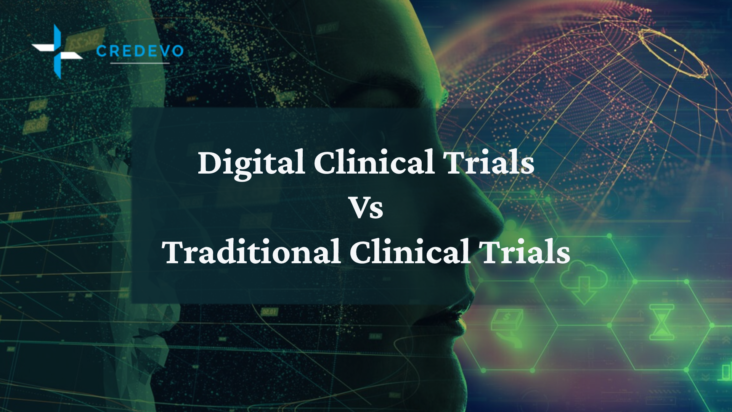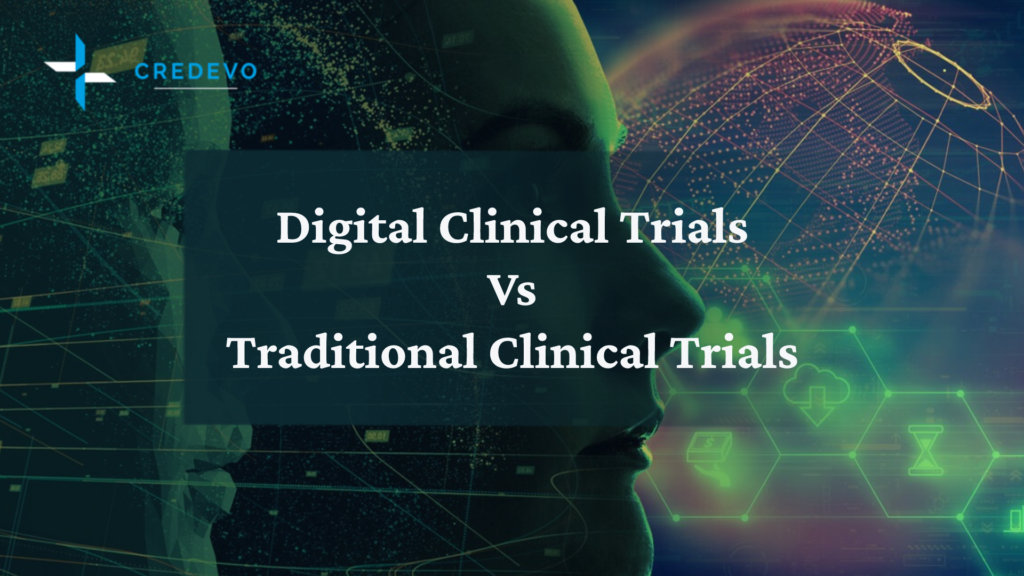How Do Digital Clinical Trials Outperform Traditional Clinical Trials?

The development of digital clinical trials has completely altered every aspect of our lives. One of the sectors with the most room for innovation is the health sector. However, the clinical research sector has been sluggish to accept digital clinical trials and integrate the digital tools that hold the secret to safer, more effective treatments because it has been less reliant on user preferences.

Utilize digital tools to change a clinical trial
Digital clinical trials are more effective at producing the data needed to spur innovation since they are quicker, safer, simpler, and faster. They are an invaluable resource for creating improved medicines and benefits for the research community.
Companies that conduct digital clinical trials provide high-quality data by designing and putting into practice clinical trial methods. This also helps to streamline data collection and result in quicker enrolment, improved compliance, and higher retention.
Clinical trials conducted online are entirely online. More effectively than on-site HCPs, the virtual site teams target trial groups through social media and other digital platforms. Many of the trials are entirely online, allowing participants to take part from the comfort of their homes.
Participants find virtual studies to be so much handier. And also participants are better able to remain interested during the entire clinical trial.
Patients are more likely to follow study protocols (reporting health-related endpoints more accurately), use wearables to capture data. Digital clinical trial coordinators can gently remind them when they forget to comply.
Click here to learn more about digital trials
Modernization of data reporting using digital tools
Pharmaceutical companies heavily relied on paper-based, on-site reporting. So when the concept of Electronic Data Capture, which was once novel, was first introduced in the 1980s. However, it took decades for it to catch on. This was due to the start-up costs of the technology, which made digital transfers challenging.
However, in recent years, there is increased use of web-based software by investigational sites. This way, EDC technology has become widely in use and has given rise to digital clinical trials.
Today, new methods of data capture at the point of origin, as opposed to transcription or moving information from one repository or system to another, are being driven by expanding bandwidth, enhanced WIFI, and BlueTooth technology. Clinical trials based on resource data have undergone a digital transition, and EDC is just one of the electronic sources.
According to the Transcelerate cross-industry resource program, we have four methods of data in resources.
- Electronic Health Records (EHR) gathered for clinical research and reused
- Equipment and apps—Information from wearables, sensors, electronic patient reporting (ePRO), and clinical outcome evaluations by medical staff (eCOA)
- Non-CRF-Information gathered from outside safety labs, imaging, and other information not included in a case report
- Direct Data Capture (DCC) is the direct entry of data by trial site staff
Digital health innovations such as wearables, at-home medical equipment, and electronic patient-reported outcomes (ePRO) are becoming more capable and efficient.
Legacy CROs, which have conducted trials at their locations for decades, are frantically trying to rethink their business models. They are now adopting more patient-centric frameworks that can control the collection of data sets from various sources. Digital clinical trials are still revolutionizing the clinical trial process.
Digital capabilities outperform traditional systems
Real-world data
Getting necessary data from participants who don’t frequently visit a clinic is difficult. Take blood pressure as an illustration. People get anxious when visiting a clinic. Their blood pressure rises when a doctor or nurse measures it frequently.
The advantage of at-home readings to minimize the whitecoat effect and potentially provide a more accurate representation of how the product will perform in the real world is self-evident and have the importance of accurately measuring the impact of a study product on health outcomes, including blood pressure.
Complete data sets
Most site-based clinical trial teams are familiar with the following scenario: a participant is sitting in his car or the waiting room, frantically trying to complete his study activities before an appointment.
Because data entry is more comfortable and quicker for participants, they only need to tap on their smartphone screen to report medication adherence, complete a digital questionnaire, or report a symptom or side effect.
Researchers can be notified in real-time about endpoints relevant to health through remote monitoring. With participant approval, wearable devices and sensors provide the added benefit of continuous and passive data from vital measurements.
A seamless digital clinical experience is what patients deserve
A participant who is overwhelmed and grudgingly completes research activities can become one who is engaged and follows the protocol thanks to a digital clinical trial design. Higher compliance rates lead to better data and, ultimately, more thorough information for investigators. The techniques we utilize to ensure high compliance rates through a clinical trial are detailed below.
Effective enrollment & recruitment
Traditional clinical studies frequently have recruitment issues. Many researchers have employed digital recruitment techniques, which are advantageous for those struggling to control the symptoms of their disease or condition but are unaware that they can enroll in clinical trials.
Instead of solely relying on physician referrals, digital clinical trial recruiting enables our team to target potential participants as they browse social media websites or type search terms into a search engine. Participants can then evaluate the specifics of a chosen protocol via an electronic informed consent document (EIC) and sign on once they are comfortable.
The research team is reachable by phone or text to address issues and respond to queries. After recruitment, participants can frequently receive study materials without visiting a clinic or hospital. These digital recruitment tactics improve participant comfort during recruitment and enrollment and tackle issues related to the underrepresentation of minorities and specific demographic groups in clinical research.
Study questions for team engagement
Participants’ smartphones receive messages reminding them to complete required research activities. It increases protocol compliance and motivates them to stay on task.
Access to the study team; If participants have questions or concerns, they can contact the research team directly using the app’s built-in chat feature.
Click here to download the FDA guidelines for using Electronic Systems In Clinical Trials
Easy outcomes measurement
- Participants in digital trials download the app and use their smartphone to connect with it to provide electronic patient-reported outcomes (ePRO, diaries, adherence reports)
- Patients have access to study materials while at home or on the go by utilizing the app. The clinical research team collaborates closely with the tech-savvy team to build simple-to-complete surveys, patient diaries, and other digital reporting tools.
- Asking questions or getting assistance with problem-solving is quick and easy when you communicate with the study team.
- Self-reporting can be enhanced by technology using image, audio, and video recording to lessen bias and mistakes made during data entry.
- Device integration enables continuous and passive data collection while reducing patient burden. We can achieve this by studying protocols that support wearables and digital devices.
- By doing away with manual data entry for vital readings, we reduce data entry errors and save participants inconvenience in their everyday lives.
Conclusion
Many investigators are aware of the advantages of digital research, but they require help conceptualizing a protocol that is entirely virtual or adapting an existing protocol to use digital components. Naturally, each study needs to be evaluated in light of its unique goals. On the other hand, we can state that there is more opportunity to go virtual in your protocols than you may believe.
By gathering data from the sites at the source and sending it straight into the cloud, the hybrid trials have integrated site data easily while avoiding problems with sophisticated EDCs. Digital technology may have taken decades to catch on, but COVID-19 has considerably sped up the shift to digital clinical trials.
Do You Have Questions About Digital Trials? Or Are You Looking For Support To Integrate Digital Trials?
We provide end-to-end digital solutions for your clinical trials that transform and simplify the way you conduct your clinical trials. Provide your clinical trial details below to connect with us and explore our digital solutions.